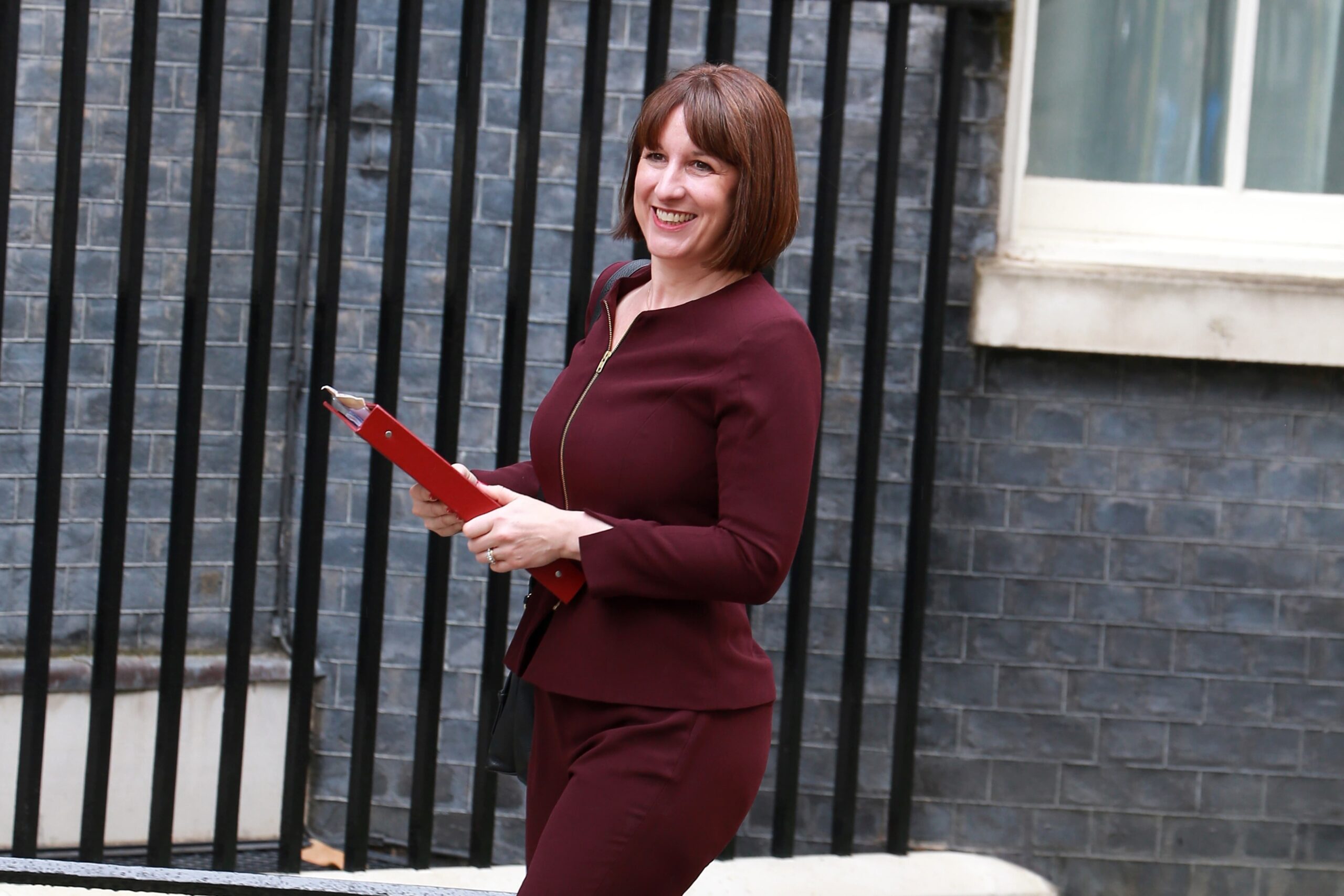
April 2017: Holborn Assets reviews HMRC tax changes for UK
Posted on: 7th April 2017 in
Finance
Here at Holborn Assets, the new tax year in the UK (beginning April 6
th) is a time to take stock. The accounting clock has started again and, with it, come four bits of good news in the area of personal taxation – as well as bad news for BTL investors in the form of mortgage interest relief cuts.
ISAs looking nicer
The amount that can be saved in an ISA (Individual Savings Account) rockets this tax year from £15,240 to £20,000. Having a cash ISA means that any interest earned from money in it is tax-free, although currently the rates of interest available are the lowest they have ever been.
Lifetime ISAs go live
The Lifetime Isa – aka “Lisa” – becomes available from this April. But few financial providers have warmed to the product on the basis on what has been seen as an unfair exit charge slapped on by the Government.
The aim of the Lisa is to be offer real long-term support – a dual-purpose investment vehicle, holding savings for either the purchase of a first property or for retirement.
Investors can save up to £4,ooo per annum in a Lisa. The good news is that the Government will then add to that 25% per annum. The bad news is, in the event of drawdown outside of the quite specific terms, the government will tax the entire fund (including any interest) 25%. Critics have said that this 25% levy might be considered fair if it only applied to the original sum invested, but that taxing the entire sum was simply not defensible.
Lisa drawdown terms: cash from a Lisa can be retrieved tax-free in the event of the holder turning 60, getting critically ill, or putting down a deposit on a first-time property.
“Family home allowance” knocking at door
The aim of the family home allowance policy – which is being phased in progressively – is to allow couples to pass on property worth up to £1m in inheritance to their direct descendants without any paying inheritance tax.
The new family home allowance adds an extra £100,000 – per head – to the standing allowance (or “main residence nil-rate band”) of £325,000. So each UK citizen is now authorised to pass on as inheritance £425,000 free of Inheritance Tax (IHT) at 40% – provided that this sum entails the family home and passes on to children or grandchildren without using a discretionary trust.
As part of its progressive implementation, the family home allowance is phasing in by £25k each year – until, in April 2020, it hits its highest point at £175,000. This is a significant figure because – added to the main residence nil-rate band of £325,000 – this will give each individual an allowance of half a million pounds, which gives a couple a tax-free allowance of the magic figure of one million pounds.
Personal Allowance on the up again
The maximum amount that can be earnt in the UK without paying any income tax at all is on the up this new tax year by five hundred pounds – from £11,000 to £11,500.
This will be the seventh year in a year that the Personal Allowance has risen in value. And this welcome hike will be joined by a jump in value too of the 40% tax threshold, from £43,000 to £45,000.
BTL bugbear bites
Buy-to-let investors were hit back in 2015 with the news that they would progressively lose the right to offset their mortgage interest payments (a BTL business cost) against rental revenue (BTL business income).
It is this tax year that this, one of the biggest bugbears in the now pessimistic investment sector, begins to bite. In the 2017-2018 tax year, only 75% of mortgage interest will be admitted as deductible by the HMRC, reducing progressively to just 20% in 2020.
But there’s more than just the figures at stake here. The HMRC are changing the goalposts significantly when it comes to tax status, and the way in which BTL investors pay tax. After 2020, they will be taxed on their rental revenue (offset by a 20% tax credit) rather than just their profit – and, because of this fundamental change in tax reporting, some 440,000 BTL investors will be thrust into a higher tax bracket, research claims.
————————————–
Here at Holborn Assets, we strongly advise you consult a professional financial advisor as you face the new tax year. April is a good time to make a fresh start with your finances, and the need to deal with these changes to the tax system (largely positive though they are) may be just the push you need to consider professional help seriously.
A range of services to help you tie in your tax affairs with the rest of your financial picture are available to expats in the UAE and elsewhere through Holborn Assets. Whether you opt for our bespoke approach or opt for a more generic plan from a competitor, make sure you view your personal taxation as one moving part of a greater machine; get the reporting requirements and financial sting of taxation in perspective, and they become easier to handle.




